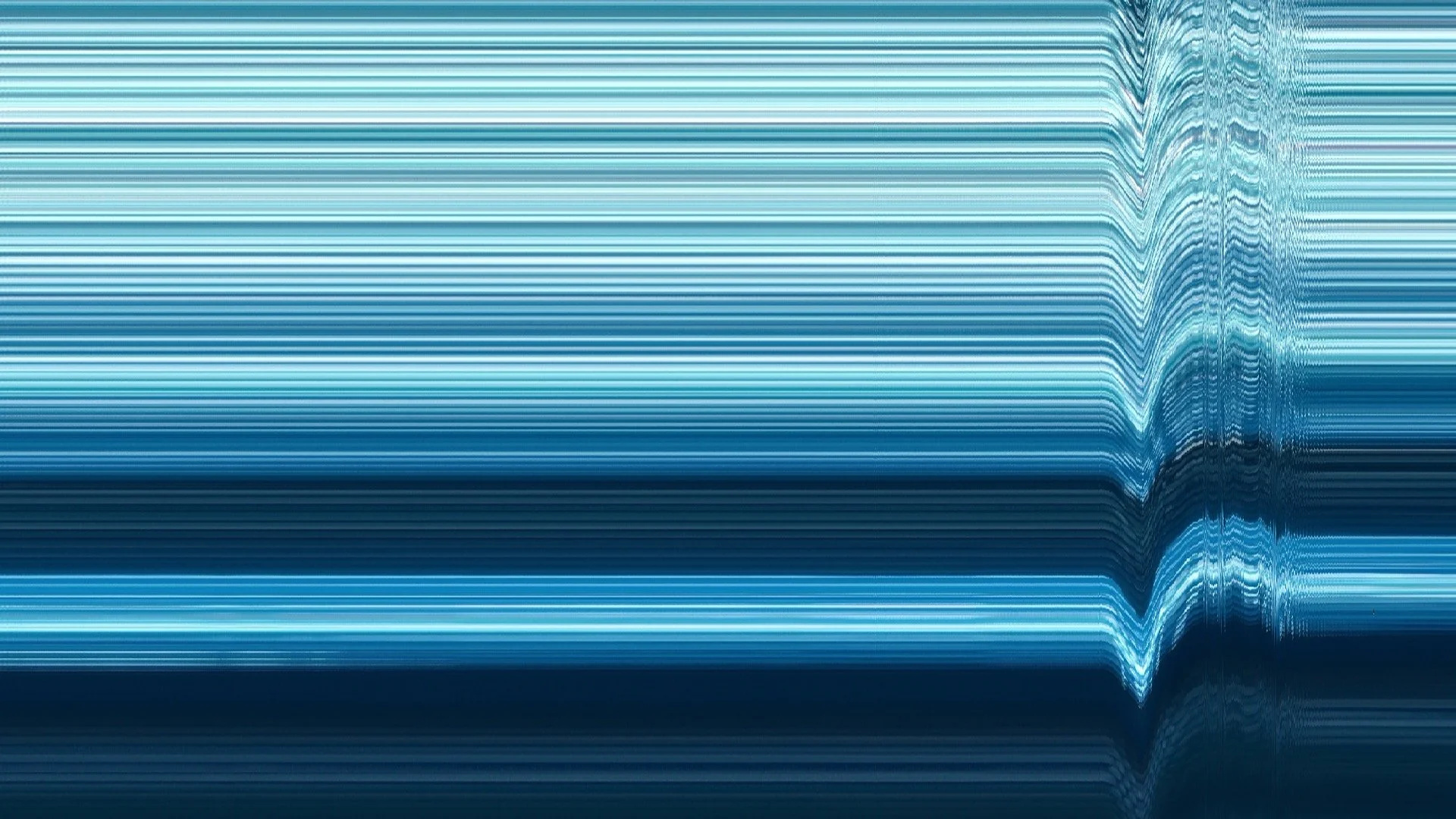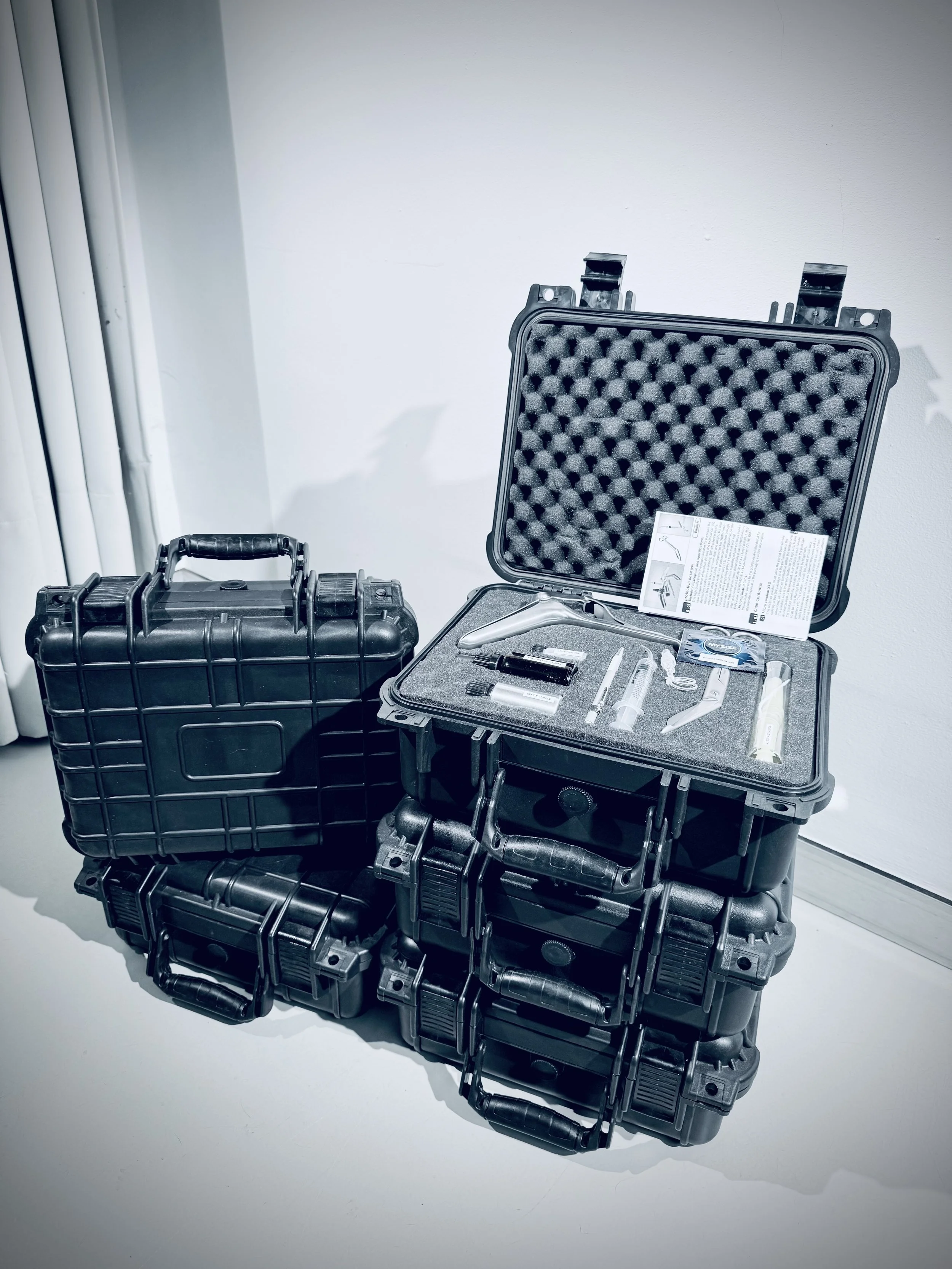Interview
Bert Koeck
Berth has a characteristic for each of his projects which he creates through the experimental “misuse” of technical devices, the conversion of existing devices and even building his own tools to capture images in uncommon ways. This is always out of a “focused serendipity,” which means that he always wants to be amazed by the outcome. In his work, he evolved from a larger scale (architecture/interior) over smaller scales (furniture and object) to experimental art. He regularly switches between 2D and 3D within the experiment: “shadow becomes matter,” “volume becomes a spacial collection of point clouds” or “overlapping 360° photo compositions become distorted 3D printed bodies. All experimental work takes root in a “think process, not product”-point of view. Photoshop or other post-processing techniques is never used. All manipulations of the image take place during the recording / shutter time which he likes to call “premature pixel interventions.”
What is your background and how did you start your journey in the art world?
“Originating from Brussels, I graduated as an architect / ‘interior and furniture design’ with the highest distinction at the renowned art school Luca School of Arts in Brussels. I first worked in this sector and designed very specific furniture, objects and interiors. Not long after, I was asked to teach at Luca School of Arts (KUL-university), which I still do. In addition, my own work evolved from architectural scale over interior, object design to conceptual and investigative multidisciplinary free art.”
What inspires you?
“I work in a very multidisciplinary and ‘interdimensional’ way. I name my own way of working as a form of ‘interdimensional datadating.’ The boundary and transitions between dimensions, as well as techniques and especially their misuse, inspire me very much. I always work towards a form of ‘focused serendipity,’ which allows me every time to be surprised by the result. My philosophy in the creation of each project is ‘think process, not product,’ which always leads to very surprising results. As a result, each project has its own strong conceptual as well as technically surprising origin story.”
What themes do you pursue? Is there an underlying message in your work?
“The poetic in techniques.”
How would you describe your work?
“Experimental / a healthy dose of serendipity / ‘think process, not product’-philosophy.”
Which artists influence you most?
“Rather than being inspired by other specific artists, I draw inspiration from scientific and technical perspectives that I approache, explore, apply and transform as an artist into a rather poetic result.”
“I work in a very multidisciplinary and ‘interdimensional’ way.”
What is your creative process like?
“My visual works are always the result of uncompromising design. Each project starts from a conceptual and highly exploratory, experimental basis. Intersections between art, science and technology always arise. Thorough experimentation and the ‘misuse’ of techniques and devices is a fixture in his 2D work in particular. As a tool builder, I also develop my own image-capturing devices and techniques, which I apply simultaneously or alternately in a mixed-media manner. A ‘focused’ serendipity and a ‘think process, not product’ philosophy are always important principles.”
What is an artist’s role in society and how do you see that evolving?
“My work transcends the merely aesthetic and sometimes also positions itself as a poetic visual critical mirror to contemporary social developments. My work ‘GMP’ (DIY-Genetic modification program) and ‘ask me how I feel’ are powerful examples of this. I am sometimes called ‘a cultural thinker and visual philosopher,’ ‘a cultural bridge builder,’ ‘catalyst for dialogue and awareness in society.’”
Have you had any noteworthy exhibitions you'd like to share?
“I recently exhibited at PAK-gallery Ostend (B) -exhibition: ‘Knowingly Unknowing.’”










